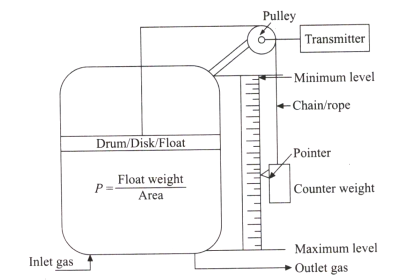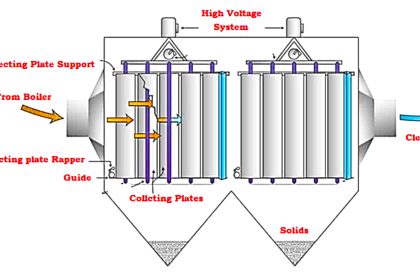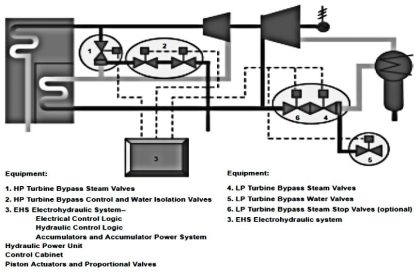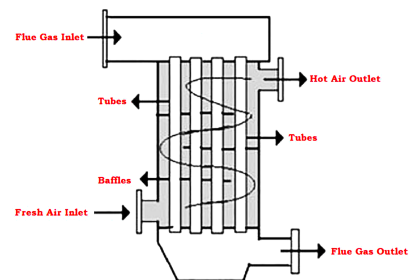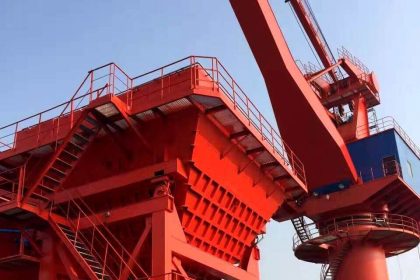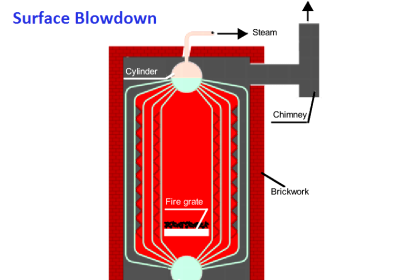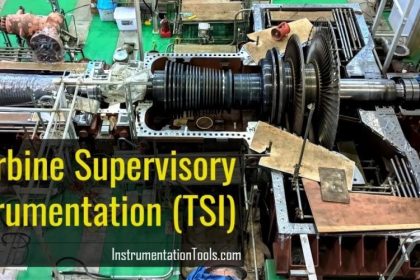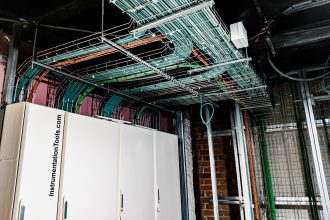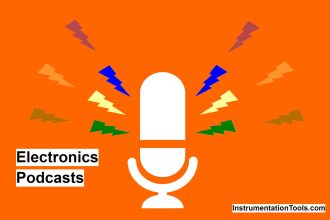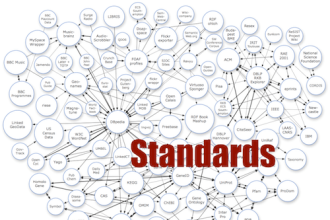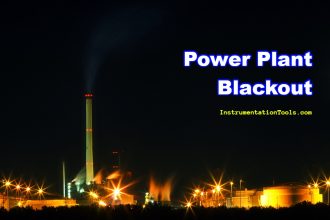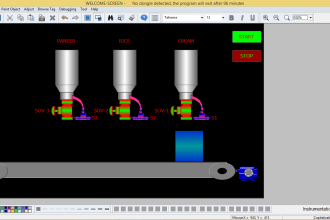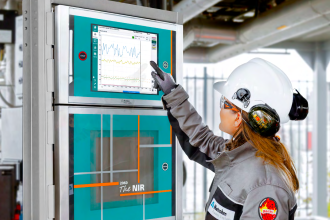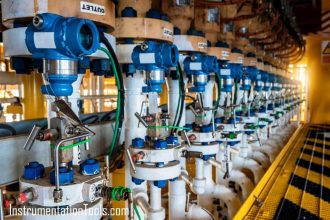Electricity is the most basic requirement in our daily lives. We cannot imagine to survive without it. Electricity which is generated and supplied to us falls in two types of categories – renewable energy sources and non-renewable energy sources.
Renewable energy sources are the one which uses infinite source of energy like solar energy, wind energy, hydro energy etc. which never becomes extinct and will always be available to us.
Non-renewable energy sources are the one which uses finite or extinct sources of energy like coal, uranium, oil, gas etc.
Out of all these, the most used one around the world is a thermal power plant (usage of coal). It is necessary for electrical engineers to understand how a thermal power plant works. In this post, we will see the basic layout and diagram of a thermal power plant.
How is Electricity Generated?
Before we dive into our topic, let us first of all understand how electricity is generated. The core working of electricity generation is based on two parts – turbine and alternator (generator).
Turbine
A turbine is the one which captures the kinetic energy of some moving media like wind, steam, water, or gas and converts it into mechanical energy.
Turbine comprises of special types of blades which are designed to capture and use the kinetic energy from the energy sources. Once the blades of the turbine move, it means the turbine is rotating. The turbine is connected to a generator.
Generator
A generator has stator and rotor windings in it. As per Faraday’s law of conduction, when a rotor is moved around the stator, a rotating magnetic field is generated which generates the flow of electricity in alternating form. Thus, the main purpose here is to move the turbine by some kinetic source, which then rotates the generator and produces electricity.
You cannot directly move the generator, because it is not designed first of all intake kinetic energy, as it will get damaged quickly. It is just designed to rotate the rotor by some external means and generate electricity. So, in any electricity generation, a turbine and a generator are the heart of the system.
What is a Thermal Power Plant?
As discussed earlier, a thermal power plant comes under non-renewable energy sources. The thermal power plant uses coal to heat up water, which generates steam. The steam generated is such of a high pressure and temperature, that it rotates the turbine blades. The blades once rotating, start to rotate the generator rotor windings; which generates electricity.
Here, you can thus see that steam generation is important for power generation. To generate steam, a very high-power boiler is used. They efficiently convert water into steam by the thermal temperature of burning coal. So, it is necessary that the boiler functions properly to heat up water and generate steam for turbines afterwards.
These are the traditional and most basic version of thermal power plants. In recent times, a more advanced version called combined cycle gas power plants are used. If you see, coal creates a lot of environmental pollution and so, some means must be required to reduce the carbon footprint.
These power plant uses a gas turbine in conjunction with a steam turbine. The residual energy of the gases is used for another cycle. This is one of the reasons for which these kinds of plants are more efficient, and they thus produce lower CO2 emissions than conventional plants.
Thermal Power Plant Principle
Now that we have understood the basic meaning of a thermal power plant, let us see it’s layout and working properly. Refer to the below image.
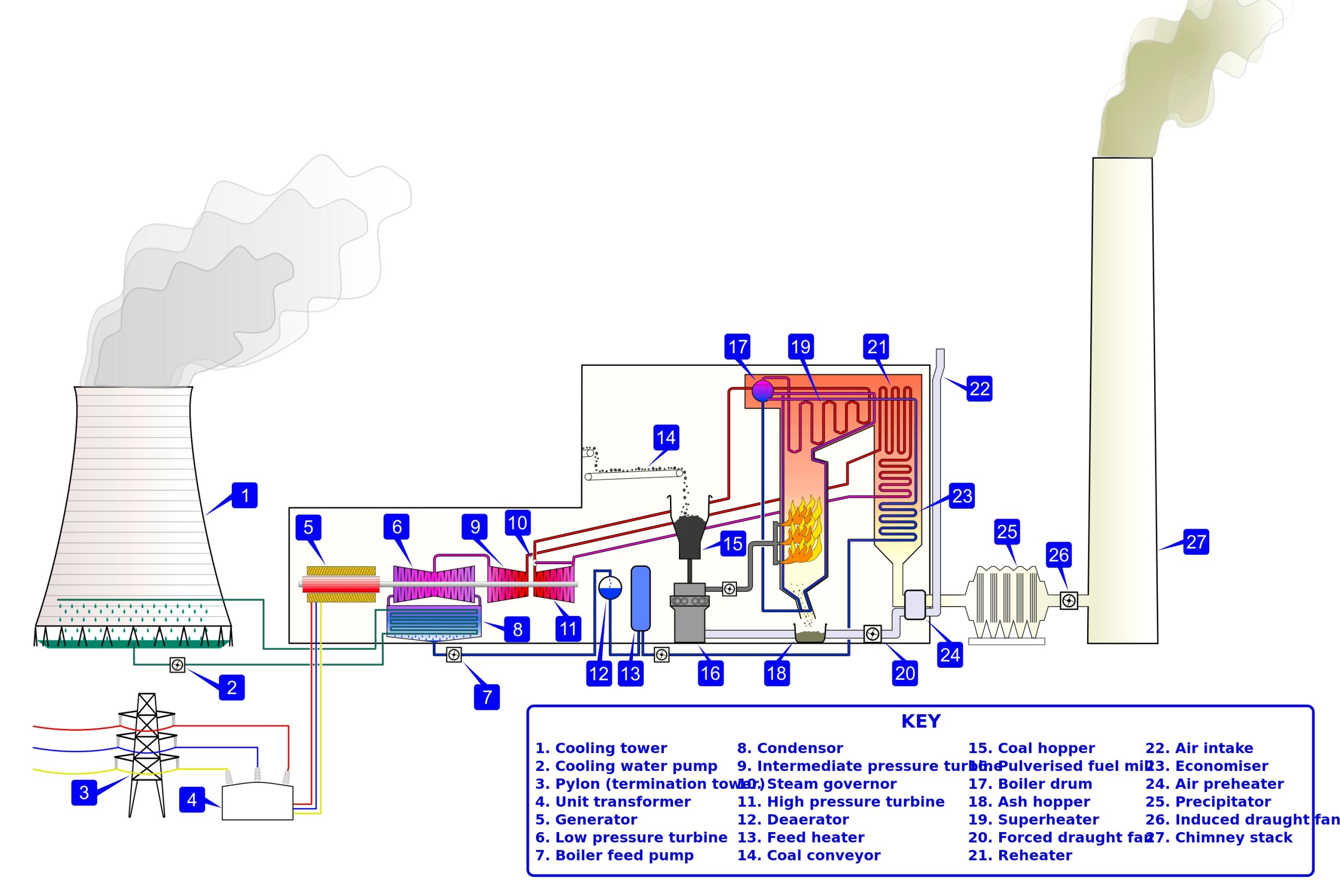
The system starts with taking coal from a coal conveyor. It is used to feed coal to the boiler system for steaming water. Before feeding, the coal is given to a pulverize mill for crushing raw coal into small particles. This is because direct raw coal cannot be given inside for burning. It requires coal in powdered form. The coal is then fed to the boiler system.
A boiler has a combustion chamber where the coal is burnt and used to boil water. This boiling creates a high thermal steam energy. The steam is used to drive the turbine blades. The turbine as discussed earlier converts kinetic energy of steam into mechanical energy.
Before feeding steam to the turbine, have a look at some middle stages like superheater, air preheater and economizer. As you can see in the image, a super heater is a group of tubes which produces saturated steam. Basically, it converts wet steam into dry steam, as dry steam has more thermal energy. Also, moisture content is removed in a very efficient way due to this.
Now, steam cannot be fed directly to the turbine. It requires air for combustion. So, a preheater is used after super heating which takes outside atmospheric air and is then heated to improve combustion of the steam; in the same way as a vehicle engine works during combustion as a mixture of fuel and outside air.
The waste heat from this stage onwards is collected by an economizer, which increases the efficiency of boiler. It is a type of recycling system, as it converts waste heat into steam for further processing.
The final waste from the economizer contains useless gases produced, which is thrown in the outside atmosphere through chimney. The gases are filtered inside, so that the pollution levels are reduced.
The final heat after superheating and air preheating is fed to the turbine stage for moving the blades. When it is moving the blades, it condenses due to which the pressure and temperature of steam decreases. This happens because of cooling tower water. It is used to again convert steam to water, and fed back to the system for further increasing the efficiency. The turbine rotates the rotor of alternator, which in turn produces alternating current of high voltage (typically above 11KV).
One of the main reasons why thermal power plant is used is due to high electrical output, low usage of water and cheap price of coal as compared to other non-renewable energy sources.
Types of Thermal Power Plants
The main types of thermal power plants are as follows.
- Coal-Based Thermal Power Plants
- Gas Turbine Power Plants
- Oil Fired Thermal Power Plants
- Combined Cycle Power Plants
If you liked this article, then please subscribe to our YouTube Channel for Electrical, Electronics, Instrumentation, PLC, and SCADA video tutorials.
You can also follow us on Facebook and Twitter to receive daily updates.
Read Next:
- Boiler Safety Interlocks
- Deaerator Control System
- Turbine Speed Control system
- Power Plant Questions & Answers
- Air and Fuel Circuit in Power Plant

